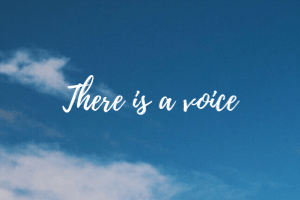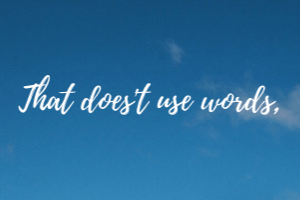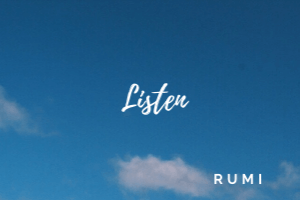
BODY ORIENTED THERAPY
More and more therapy and coaching models involve the body. While examining our "problems" at the cognitive and spiritual levels is extremely valuable, examining at the physical level is essential to breaking through our strongest survival mechanisms. Why is this and how does body-oriented therapy work?
How does body-oriented psychotherapy work?
You can say that we are initially spiritual beings. When a child is conceived, the spiritual joins the physical, only after that comes the cognitive. A baby is the first to have sensations and emotions. Then it develops the capacity to think and also slowly forms its identity. But before this capacity has formed, patterns already arise in the body. Patterns in our orientation, in our movement, in our attitude and emotions. These are formed in relationship with our parents or caregivers and can be both healthy and dysfunctional in the long run.
For example, if a mother finds it difficult to bear and meet a baby's cry, she can quickly distract the child with silly faces and toys. Thus, the baby does not build the capacity to be with his or her discomfort and to feel what it is about. If this happens before this baby can think, it is very difficult as an adult to break this pattern through thinking. In fact, this is not possible because the pattern was formed first on the emotional layer.



Even when we are no longer a baby, we continue to form emotional patterns. Almost every pattern has a physical aspect. That is, a pattern involves emotions and sensations. The things we experience in our lives have an impact on us. They touch us and literally shape us. They shape how we think about ourselves, how we feel in our bodies, how we interact with others and even how our bodies physically form. You can say that we are history incarnate. Our thinking and feeling are intertwined. A thought can trigger a feeling and an emotion can trigger a memory.
In my body-centered therapy sessions, we work with this relationship and involve multiple aspects of our being. We work with posture, breathing, emotions, sensations, spirituality, family structure, movement, energy, visualization, touch and more. You can plan simply an online intake free of charge here.
